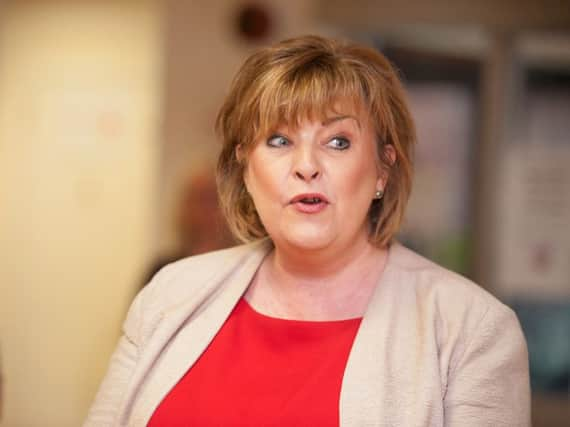Brian Ferguson: New culture secretary must solve budget issues


The culture of cuts ushered in by the previous Scottish Government last autumn after several years of largely protected budgets is only just beginning to bite. But with no real guarantees from the SNP about protecting arts funding, and little prospect of a significant improvement in local authority funding, there seems little doubt that the next five years are set to be substantially tougher than the previous five.
While more than 100 organisations with “regular” funding from Creative Scotland have been shielded from any cuts until next year, it is still grappling with a 3.6 per cent budget cut for the current financial year and does not know what will be in its own budget from the spring of 2017 – at a time when it is apparently facing increasing demand from first-time applicants.
Advertisement
Hide AdAdvertisement
Hide AdMeanwhile, the national arts bodies are already dealing with the reality of reductions of around 3 per cent imposed by the previous SNP administration and have made their concerns about their future prospects abundantly clear.
Reviewing the evidence presented to the Scottish Parliament by performing companies back in the spring is an eye-opening experience as well as a reality check. MSPs were told in no uncertain terms by Scottish Opera, the RSNO, the Scottish Chamber Orchestra and Scottish Ballet of concerns about their ability to continue at the same level over the next few years.
Pretty stark warnings of “decline”, “stagnation” and “insecurity” were presented at the culture committee just before the end of the parliamentary session. It was clear these companies have been grappling with declining funding from the impact of the financial crisis in 2008 due to dwindling backing from the corporate sector and private trusts. Staffing operations have been “stripped back” or cut to the “absolute minimum”, with companies “understaffed for the level of activity taking place”.
The strongest language was used by the National Theatre of Scotland, which said it already had to “pause for thought” on its future and its ability to fulfil the role of a national company. Laurie Sansom, the company’s artistic director said the entire theatre sector was facing the “triple whammy” of the knock-on impact of cuts to NTS, local authorities and Creative Scotland.
Mr Sansom will have left NTS by the end of next month. And SCO chief executive Roy McEwan will be standing down in the summer, retiring after 23 years. Their replacements and those at the helm of the other companies, along with those running the national collections organisations, will understandably want to know the lie of the land as soon as possible.
While the SNP manifesto did offer some hope for the future, including the creation of a new cultural experience fund to widen access to theatres, museums and galleries, there was no guarantee that these organisations will have their budgets protected. Conspicuous by its absence was any mention of a tourist tax – the big hope of alternative funding for Edinburgh’s festivals and cultural venues – backed by the Greens and Labour, but opposed by the Tories.
Perhaps the most pressing concern for the sector will be whether all of the above will be in the in-tray of the as-yet-unnamed new culture secretary. Is now the time for a fresh figurehead to be trusted to steer through some decidedly choppy-looking waters?